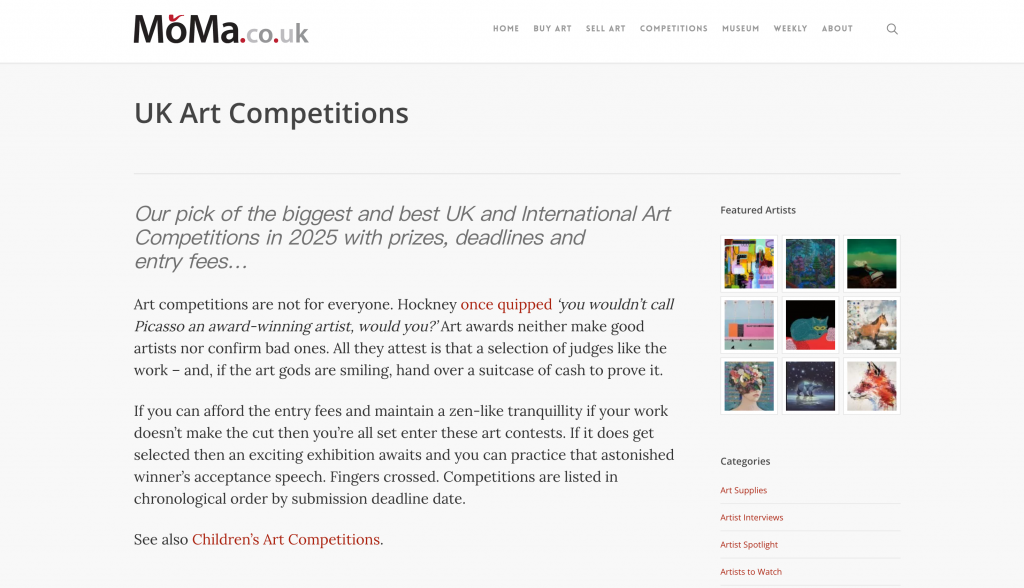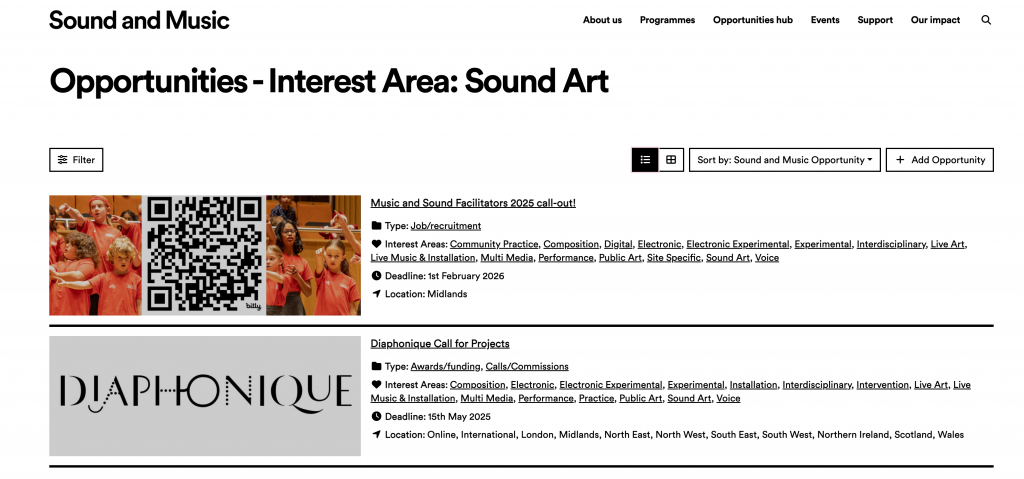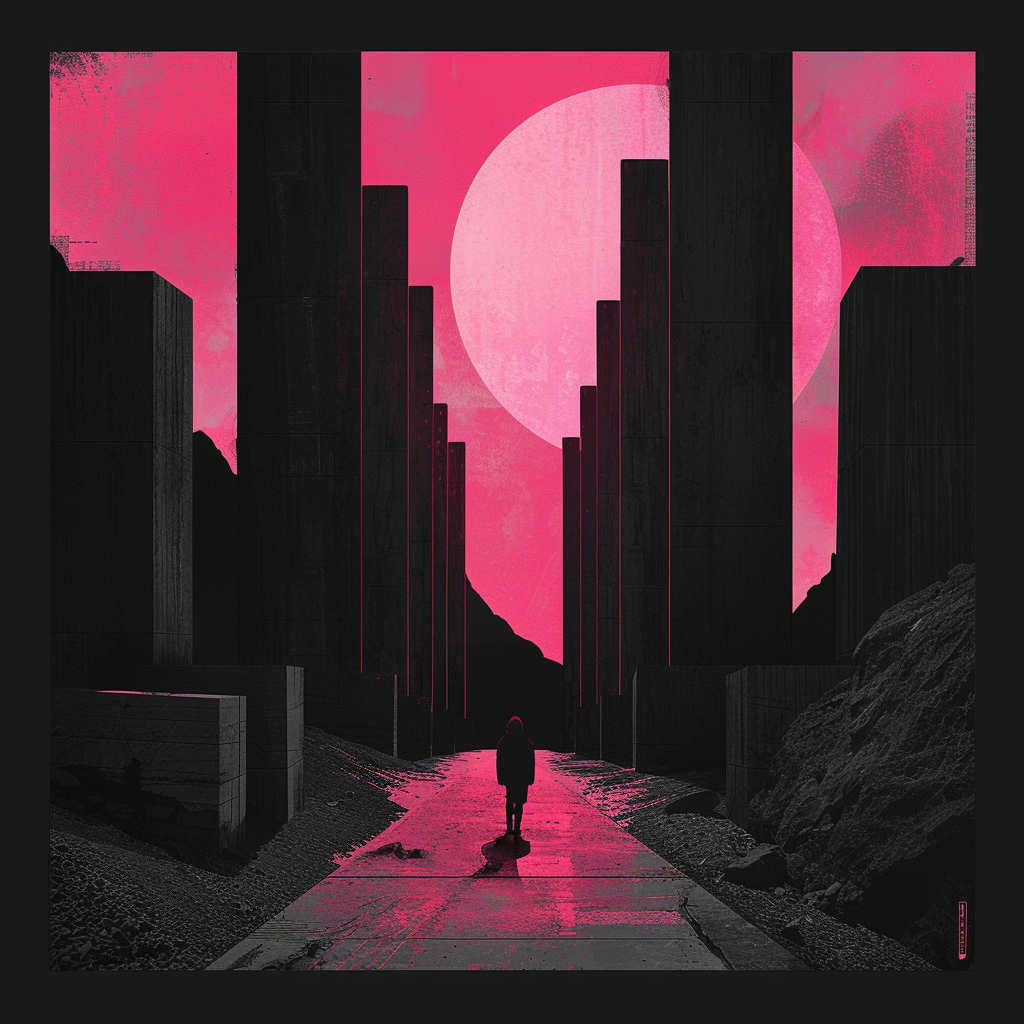There is a certain romanticism that surrounds the idea of being an artist—a perception of creative freedom, emotional expression, and a life guided by inspiration rather than routine. But beyond this poetic vision lies a far more complex and often difficult reality. Through my own experiences and through conversations with peers, I’ve come to realize just how much pressure—economic, emotional, and existential—accompanies the life of a contemporary artist.
One of the most pressing issues is financial survival. Many artists today are working with little to no income, relying instead on personal passion and perseverance—what we half-jokingly call “creating out of love.” While passion is undeniably powerful, it cannot pay rent. A frustrating pattern I’ve noticed is that many exhibitions and competitions now require submission or installation fees, yet provide no artist fee or compensation in return. For emerging artists without recognition or gallery representation, this becomes a cycle of giving without return—no income, no fame; no fame, no opportunities. It’s a system that too often exploits early-career artists under the guise of “exposure.”
For international artists like myself, survival also includes the logistical burden of residency and visa issues. The stress of figuring out how to stay in the country legally—combined with the question of how to sustain oneself financially once that hurdle is crossed—is a form of pressure that many local artists never have to consider. It adds a layer of instability that often shapes every decision, from whether to pursue a project to whether to accept certain kinds of work.
This constant instability creates significant psychological pressure. In order to be “seen” or gain recognition in this environment, one must constantly create, exhibit, apply, and perform. But all of these require time, resources, and often money—something many of us lack. It becomes a delicate balance between staying active in the scene and burning out. There is also the creeping anxiety that if you stop for even a moment, you’ll fall behind. That pressure can begin to eclipse the joy of making art altogether.
In this tension between survival and creativity, I’ve also witnessed how ideals shift. Some of my peers—people who, as students, strongly rejected anything commercial or commodified in art—have, after graduation, found themselves working in portfolio institutions, guiding younger students to prepare their art school applications. Many of them now spend their days creating ideas for other people, even while grappling with whether they’ve compromised their own creative visions. It raises the question: is this the “betrayal” of one’s ideals, or simply a redefinition of what it means to survive as an artist?
For me, I’ve come to accept that identity is not fixed. Being an artist or performer is one part of who I am. I don’t believe that art and commerce are mutually exclusive—why can’t they coexist? My creative work is a form of expression, of healing, and of communication. I make art because it brings meaning to my life and hopefully offers moments of reflection to others.
At the same time, I also see myself as a sound designer and creative technician, working with games, new media, and digital storytelling. These roles allow me to apply my artistic sensibilities in ways that are both professionally sustainable and creatively fulfilling. In a world where artistic ideals and practical needs are constantly negotiating with each other, I’ve come to believe that the key is not to choose one over the other, but to carve out a space where both can live in honest coexistence.
At the same time, I’ve begun to discover more platforms that share information about exhibitions, open calls, residencies, and competitions. These platforms offer valuable resources for artists seeking visibility and opportunity. While the broader climate for the arts may feel uncertain or even discouraging at times, knowing where and how to access these opportunities makes a difference. It reminds me that even within a system full of challenges, we can still take active steps to pursue our paths. We may not be able to change the structural conditions overnight, but we can stay informed, stay connected, and keep creating with intention.


